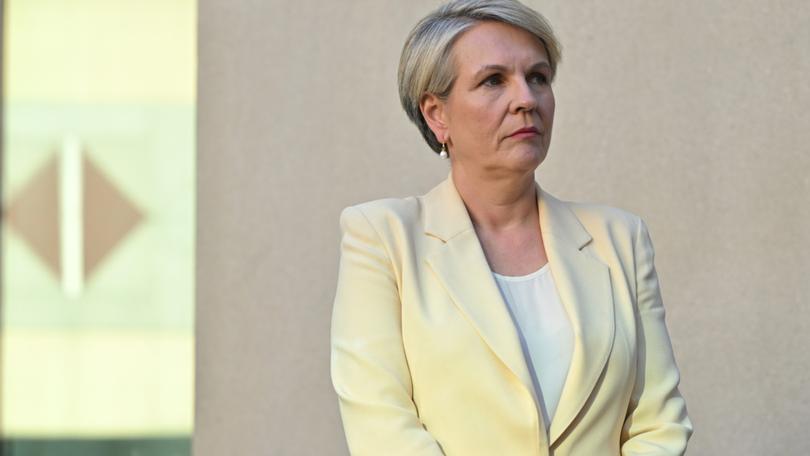Tanya Plibersek adds twenty species to extinction risk list amid push for environmental protections

Another 20 species have been added to Australia’s list of imperilled plants and animals, with nine at risk of imminent extinction.
Native plants, including a waratah species that’s a symbol for the nation, account for most of the additions announced by the federal environment minister.
But they also include two lizards, a sea snake, a crayfish, a fish, and an entire ecological community on King Island off Tasmania.
Sign up to The Nightly's newsletters.
Get the first look at the digital newspaper, curated daily stories and breaking headlines delivered to your inbox.
By continuing you agree to our Terms and Privacy Policy.In all, Tanya Plibersek has added 189 new species to the federal in-danger list since becoming minister a little over two years ago.
And 39 species that were already listed under federal laws have moved into higher categories of concern.
Ms Plibersek has vowed to ward off any new extinctions and has promised an extensive suite of reforms to fix Australia’s broken environmental laws and improve protections for nature.
But earlier this week the prime minister angered conservation groups by saying he might ditch plans to let a new federal watchdog decide on whether potentially harmful developments can proceed or not.
Groups had been eagerly anticipating that change, flagged by Ms Plibersek, as a way to remove the risk of political interference from nature protection.
Anthony Albanese said the government was talking to the Opposition and others in a bid to get legislation for Environment Protection Australia through the parliament before the next election.
He also indicated a third tranche of the laws meant to benefit nature would be unlikely to go before Parliament before voters head back to the polls.
“It’s hard to imagine that the Gibraltar Range waratah - a symbol of our nation - is under threat in Australia from disease and predators,” Ms Plibersek said on Wednesday, ahead of National Threatened Species Day on Saturday.
“Our government is committed to giving our precious threatened plants and animals a brighter future. That’s why today we’ve listed 20 species and one ecological community under national environment law for the first time - giving them stronger protection under law.”
The announcement comes just weeks after Ms Plibersek blocked a $1b NSW gold mine project.
Nine of the new listings jumped straight into the critically endangered category, meaning they are facing an extremely high risk of extinction in the wild in the immediate future. They include Queensland’s Forster’s wattle and Victoria’s long-leaf star-hair.
The rest including the Gibraltar Range waratah are endangered.
Notable inclusions include McCulloch’s anemonefish that lives in the shallow waters around Lord Howe Island, the Dusky sea snake, found off the Northern Territory and Western Australia, and Queensland’s Conondale spiny crayfish.
The King Island scrub complex ecological community - an assemblage of plants, animals and other organisms associated with a type of scrub or tall shrubland - is also endangered.
Meanwhile, the government has released new recovery plans for two imperilled birds: the shy, ground-dwelling Malleefowl and the tiny forty-spotted pardalote, one of Australia’s rarest birds that’s only found in Tasmania.
The plans provide guidance on what must be done to protect and restore populations and habitats and reduce threats.
